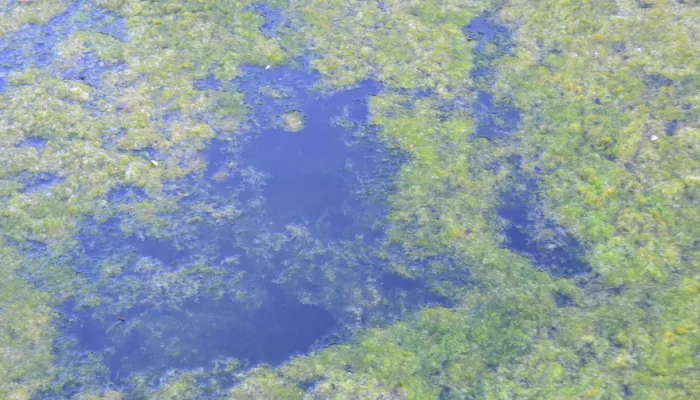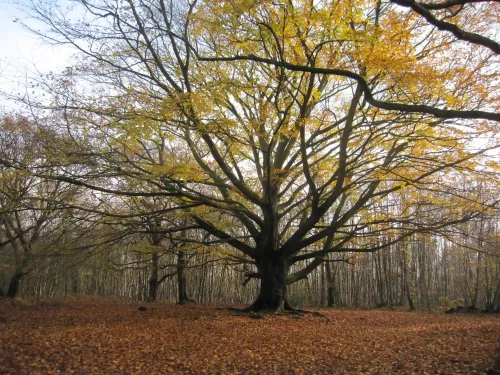
10 must-visit Kent woodlands
Be sure to check out these 10 woods whilst exploring Kent, each offering something a little different across the county.

Time and again economic growth has been favoured over environmental protection, and especially now, when the natural capital markets present us with a golden opportunity to imbed green finance within our economy to the benefit of both nature & society, what does the Government do? They get scared and fall back on manifesto commitments to the environment.
This short-term mindset for immediate gain foreshadows all attempts to build the sustainable future we and many others are working towards. We need a systemic change to rewrite our future and cut off future threats to nature and people through building a sustainable economy with nature at its heart.
Our rivers need protection, it is disgraceful that a nationally protected site like the Stodmarsh has been allowed to creep into poor condition because of the rubbish, pollution and sewerage that is allowed to freely flow into the river, a river that used to be the life-support system of our landscape is rapidly turning into the poison that will erode the last pieces of nature still clinging on.
The public has a right to be angry about this, and we stand with them. Nature recovery is fundamental to the health and wellbeing of our society, and we are allowing it to be polluted and ignored – there are other ways, nutrient neutrality is just one of them and a fundamental one for our rivers. If housebuilders and developers get off the hook, then who else will get a free pass to pollute without consequence?"
Just yesterday, The Baroness Hayman of Ullock tabled an amendment 247YYDA which would "require the Government to undertake a public consultation on the proposals to introduce further nutrient neutrality legislation for the purposes of increasing housebuilding without any detrimental impact on the natural environment."
Because of the late stage at which the government tried to introduce the change, it cannot try again in the House of Commons now it has been defeated in the Lords. But ministers can still look to water down environmental regulations in other bills and it is important that we don't rest on our laurels thinking that this is the last we're going to see of these tactics from Government. More on how to campaign with us below.
In he 1970’s, campaigns like ‘Save the Rainforest’ forced private companies to stop using ingredients from the Amazon and helped shed light on the importance of an ecosystem so far from home. Today, we’re facing our own plight. Already one of the most nature depleted countries in the world, we must act now to reverse the damage already done and restore nature.
The good news is that individuals can make a difference. By shining a light on this issue, like we did in the past with the ‘Save the Rainforest’ campaign, we can force companies and governments to act. Nature 2030 sets out the asks. We want polluters to pay.
You can help by signing the Nature 2030 petition here.
Keep an eye out for part two of our blog where we look at what could happen if nutrient neutrality was scrapped on the River Stour catchment area and Stodmarsh Nature Reserve.
This blog was written by Natasha Aidinyantz.

Be sure to check out these 10 woods whilst exploring Kent, each offering something a little different across the county.

Natasha Ruskin explores something terrifying: a world without woodlands.

Volunteer Matt Huggins explores some of the lesser-known but still fascinating animals that grace our woodlands.